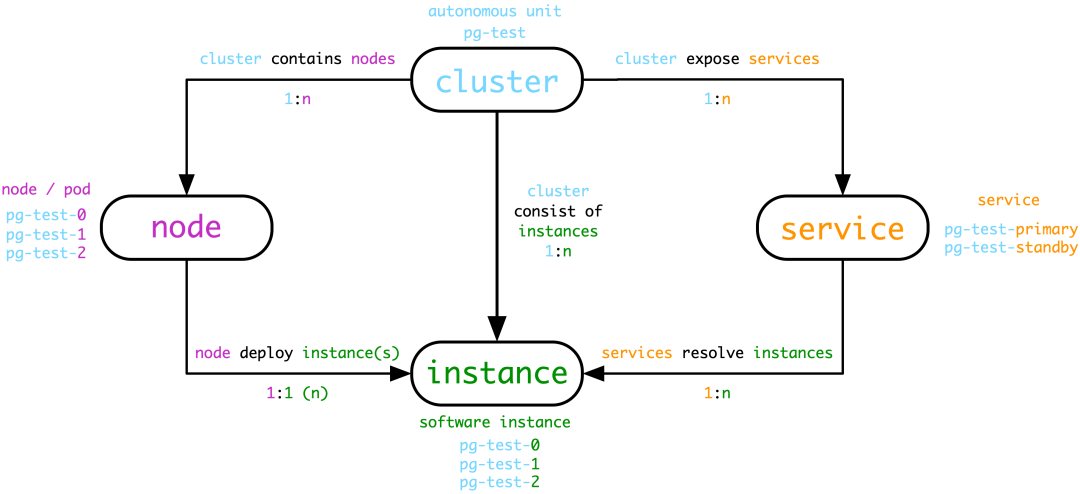

While most functions exist in the own expression operations, the math operation does have some functions similar to math operators or symbols. The relational and logical operators return 0 for false 1 for true. Currently, if within a variable such as $A there are different tag keys for each item, the join behavior is undefined.The string columns become labels and the number column the corresponding value. The example above will produce a number that works with expressions.
GRAFANA POSTGRES EXPORTER SERIES
So for example if using a data source that returns multiple series on one frame in the table view, you might notice it looks different when executed with expressions.Ĭurrently, the only non-time series format (number) is supported when you’re using data frames and you have a table response that returns a data frame with no time, string columns, and one number column: Loc When it does this, it restructures data to be either one time series or one number per data frame. In the future we intend to add an assertion of the query return type (number or time series) data so expressions can handle errors better.ĭata source queries, when used with expressions, are executed by the expression engine. The data is generally assumed to be labeled time series data. Server-side expressions only support data source queries for backend data sources. Each collection is a set, where each item in the set is uniquely identified by its dimensions which are stored as labels or key-value pairs. A collection of numbers, where each number is an item.Įach collection is returned from a single data source query or expression and represented by the RefID.To reference the output of an individual expression or a data source query in another expression, this identifier is used as a variable. Each individual expression or query is represented by a variable that is a named identifier known as its RefID (e.g., the default letter A or B). For example, a query that returns multiple series, where each series is identified by labels or tags.Īn individual expression takes one or more queries or other expressions as input and adds data to the result. They also operate on multiple-dimensional data. Copying data from storage to the Grafana server for processing is inefficient, so expressions are targeted at lightweight data processing.Įxpressions work with data source queries that return time series or number data. Note: When possible, you should do data processing inside the data source.


 0 kommentar(er)
0 kommentar(er)
